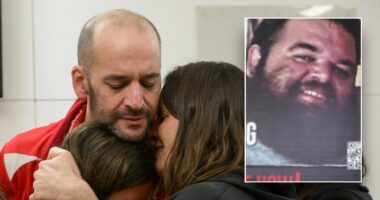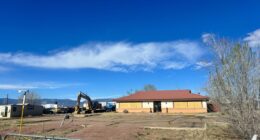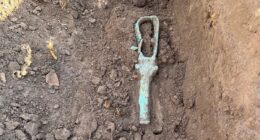-
According to military sources, the army is positioning itself around the airport, located at the city center, and nearby areas. Witnesses have reported that the RSF troops are concentrating in southern Khartoum, likely preparing for their exit from the city through bridges leading to Omdurman.
In recent developments, the army has made significant advances in central Sudan, reclaiming parts of the capital and other regions. Concurrently, the RSF has strengthened its influence in the west, intensifying conflict zones and posing a threat of dividing the nation.
The conflict, which started two years ago during a period of democratic transition, has triggered a severe humanitarian crisis labeled by the U.N. as the most significant globally. This crisis has resulted in famine in multiple regions and widespread disease outbreaks.
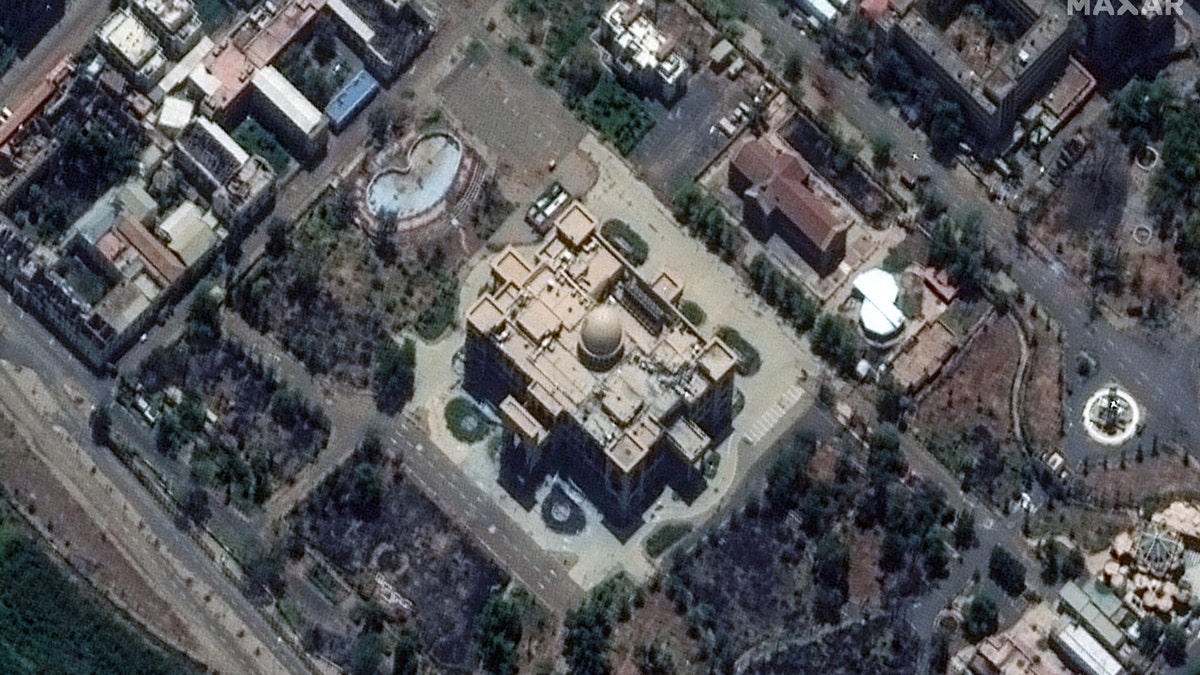
A satellite image shows the presidential palace, in Khartoum, Sudan, on March 21, 2025. (Maxar Technologies/Handout via Reuters/File Photo)
It has driven 12.5 million people from their homes, many of them seeking refuge in neighboring countries.
Eruption of warfare
The army and RSF had at one point been in a fragile partnership together, jointly staging a coup in 2021 that derailed the transition from the Islamist rule of Omar al-Bashir, a longtime autocrat who was ousted in 2019.
They had also fought on the same side for years in the western state of Darfur under Bashir’s government.
The RSF, under Mohamed Hamdan Dagalo, better known as Hemedti, developed from Darfur’s janjaweed militias and Bashir developed the group as a counterweight to the army, led by career officer Abdel Fattah al-Burhan.
After they seized power together in 2021, the two sides clashed over an internationally backed plan aimed at launching a new transition with civilian parties that would require them both to cede powers.
Major points of dispute included a timetable for the RSF to integrate into the regular armed forces, the chain of command between army and RSF leaders, and the question of civilian oversight.
When fighting broke out, Sudan’s army had better resources, including air power. However, the RSF was more deeply embedded in neighborhoods across Khartoum and was able to hold much of the capital in an initial, devastating burst of warfare.
The RSF also made rapid advances to gain control of its main stronghold of Darfur and over El Gezira state, south of Khartoum, a big farming area.
With the army now re-establishing its position in the capital, it is making a new push to cement its control in the center of Sudan.
Warning from a Grieving Mother: The Dangerous Online Trend Endangering Children’s Lives
When Sewell and Dany first met, they immediately felt a strong and…
- BBC Gossip
- June 29, 2025
Owner of Penrose funeral home gets 20-year jail term for scamming US government and clients
DENVER — A funeral home co-owner in Penrose has been sentenced to…
- BBC Gossip
- June 29, 2025
Ancient city from 2,400 years ago found by archaeologists, featuring tall buildings and a temple honoring a cobra deity.
A ONCE bustling city with multi-storey tower houses and a cobra goddess…
- BBC Gossip
- June 29, 2025
Public Outing of Martin Kove Causes Commotion amidst Controversial Situation: ‘Oh Dear’
Martin Kove, the actor well-known for portraying the villainous character John Kreese…
- BBC Gossip
- June 29, 2025



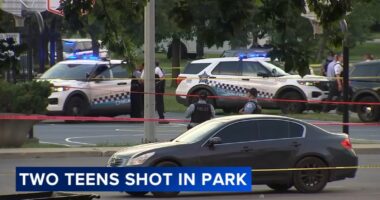


![‘Smoke’s Jaw-Dropping Episode 2 Twist Explained: Is [SPOILER] An Arsonist?](https://bbcgossip.com/wp-content/uploads/2025/06/‘Smokes-Jaw-Dropping-Episode-2-Twist-Explained-Is-SPOILER-An-Arsonist-380x200.jpg)






